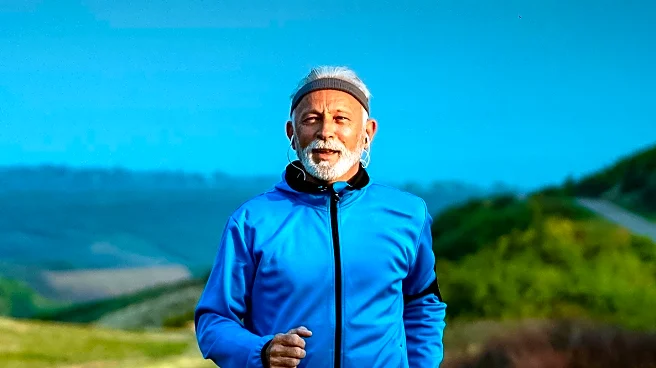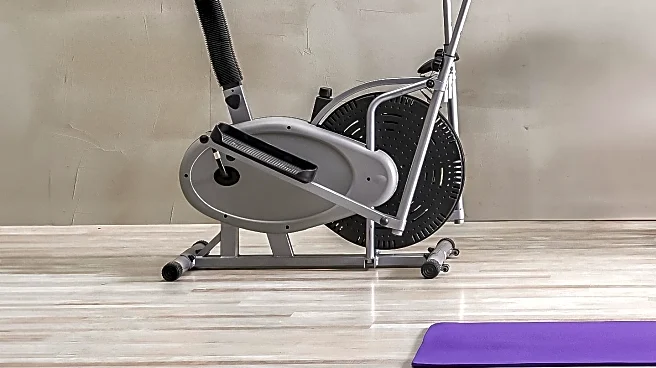What's Happening?
Tom Brownlee, an associate professor of sports science at the University of Birmingham, has introduced the concept of 'zone zero' as a method of effortless exercise. Zone zero refers to physical activity where the heart functions at less than 50% of its maximum heart rate, offering a step above sedentary behavior without breaking a sweat. Activities in zone zero include slow walking, chair-based stretching, or gentle yoga, depending on one's fitness level. Brownlee suggests focusing on breathing and body sensations rather than heart rate monitors, emphasizing the importance of incorporating low-impact movement into daily routines.
Why It's Important?
Zone zero exercise is significant as it provides a way to improve health without the need for intense workouts, particularly beneficial for individuals with chronic illnesses or those who are deconditioned. It helps break up long periods of sitting, improving blood flow and mood. This approach can serve as a gateway to more intense exercise, promoting overall stability and quality of life. By reframing exercise as regular movement rather than structured workouts, individuals can integrate more activity into their daily lives, potentially leading to better health outcomes.
What's Next?
Brownlee suggests that zone zero can lead to more intense exercise as individuals become accustomed to regular movement. He encourages incorporating 'exercise snacks' throughout the day, such as brief periods of movement between meetings, to gradually increase activity levels. This approach may inspire more people to engage in physical activity, potentially influencing public health recommendations and fitness industry practices.
Beyond the Headlines
The concept of zone zero challenges traditional views on exercise intensity and its necessity for health improvement. It highlights the importance of movement for mental and physical well-being, regardless of intensity, and may shift cultural perceptions of fitness. This approach could lead to more inclusive fitness programs that accommodate varying levels of ability and health conditions.










